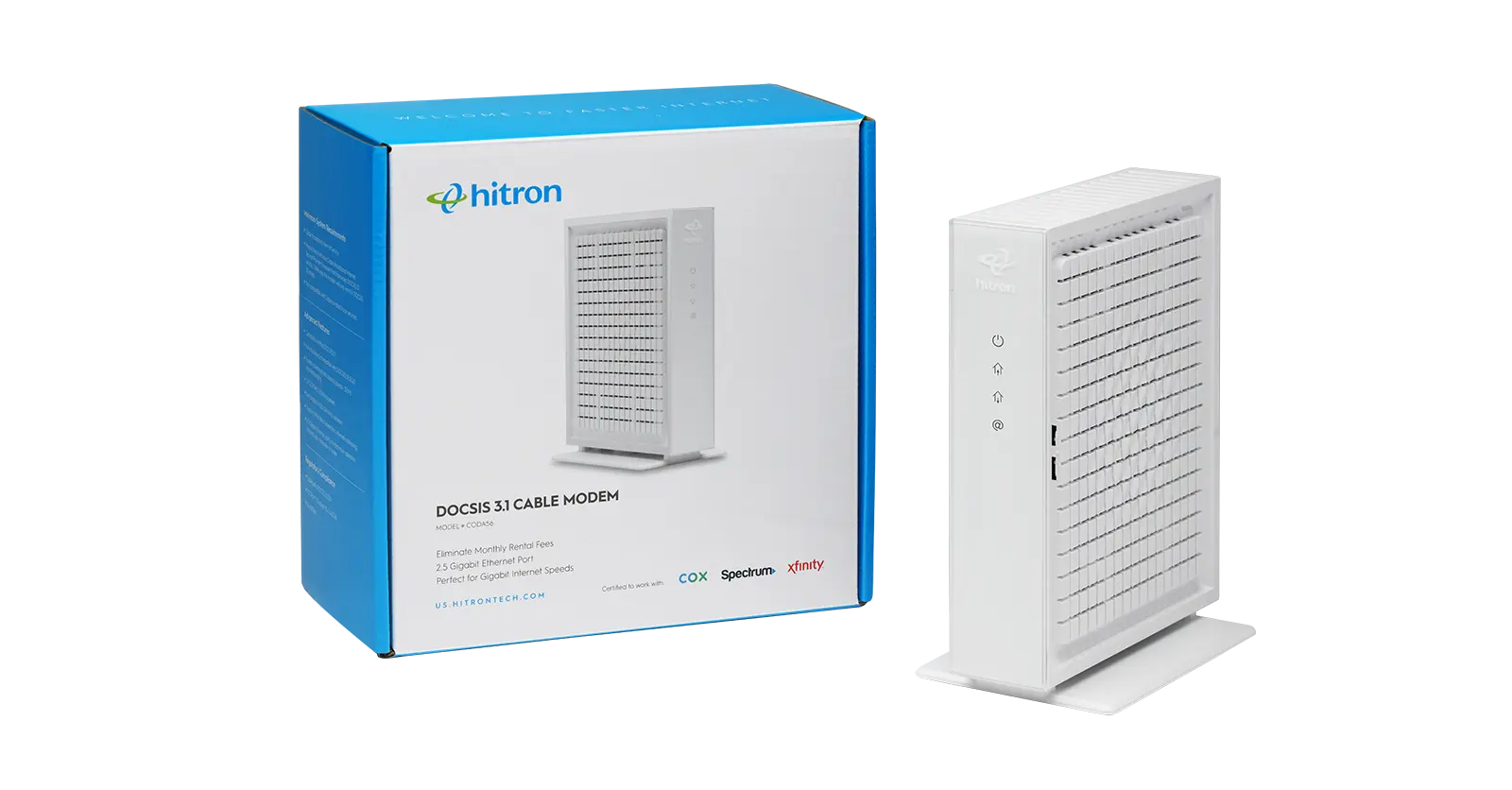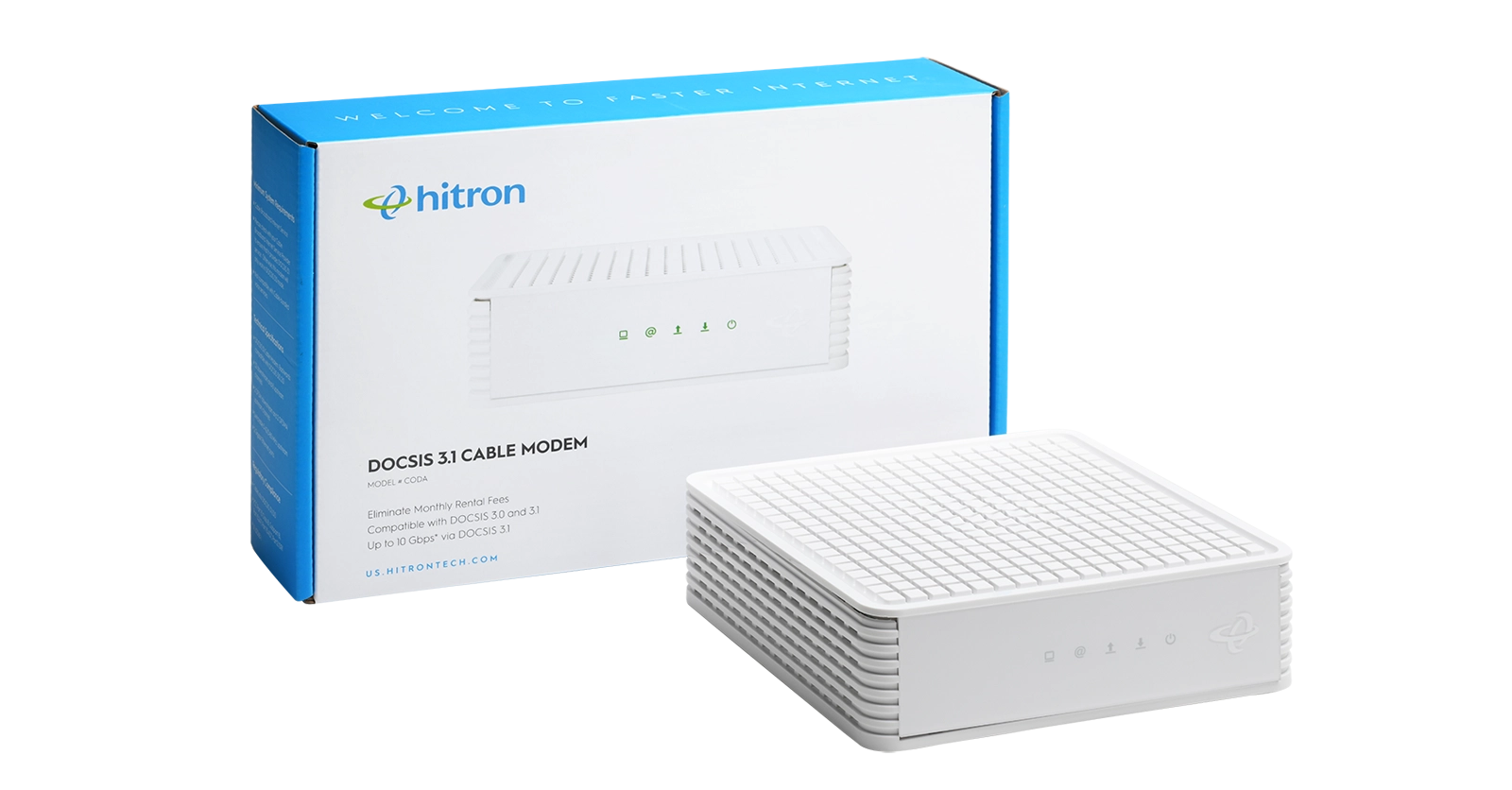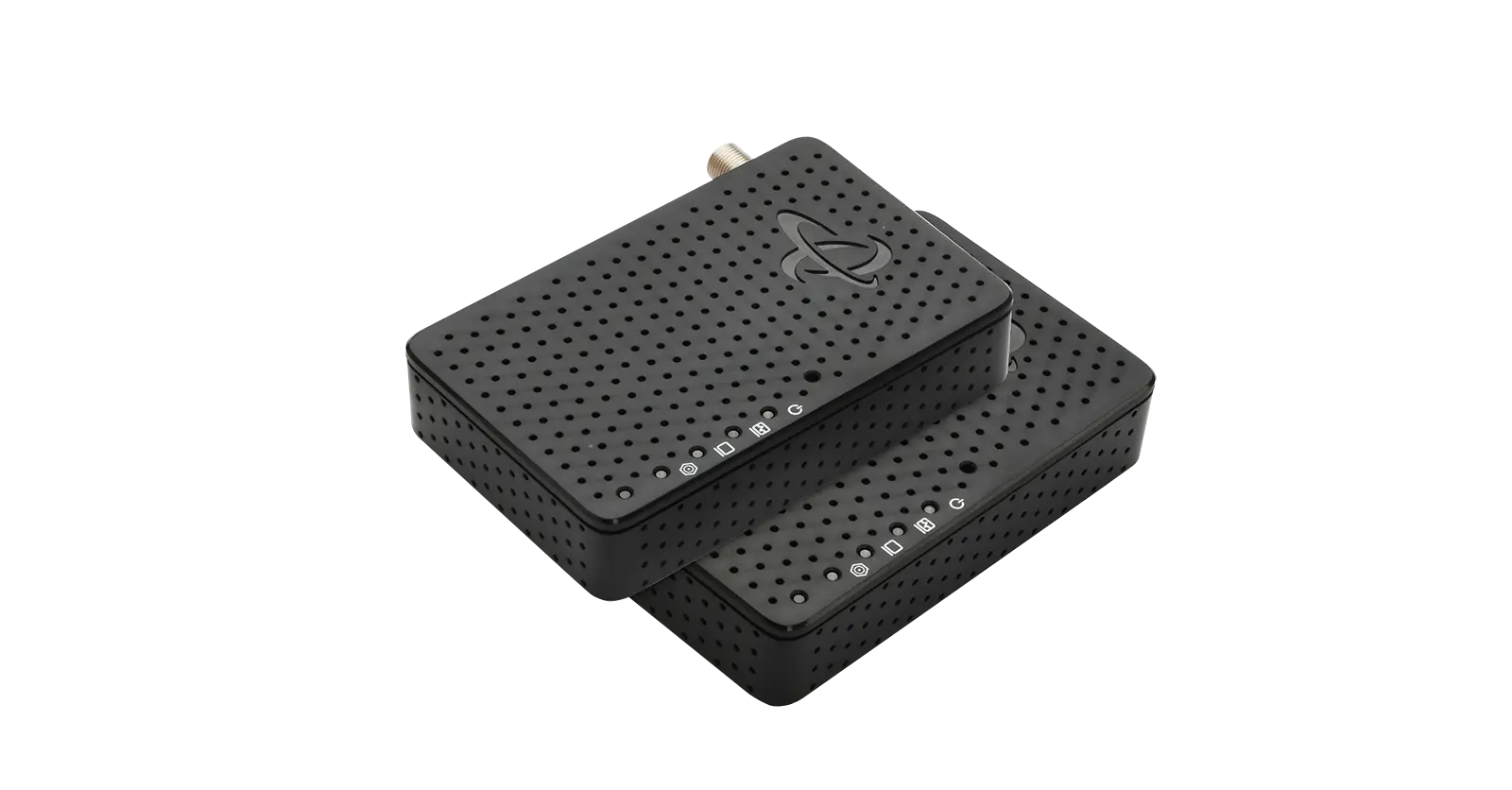Mesh WiFi is a whole-home system that gives you access to wireless Internet in your home, giving you the freedom to move around your home with your connected devices, wirelessly. Mesh WiFi also helps to boost your WiFi coverage. A Mesh WiFi system includes a mesh router and nodes that you place all over your home.
How Mesh WiFi works
A Mesh WiFi system consists of a mesh router that connects directly to your modem via an Ethernet cable, and a series of satellite nodes placed strategically around your home. The term “mesh” refers to the wireless network that the nodes create, passing wireless traffic between the nodes. Each node communicates with one another wirelessly and makes their placement easy. This Mesh WiFi system creates a single, large wireless network that share the same SSID and password unlike a regular WiFi router. That means that if you have a laptop connected to your Mesh WiFi network, you can move room-to-room seamlessly. Your laptop will connect to the nearest mesh node.
Most WiFi Mesh systems use a mobile app to walk you through placement of the nodes in your home, and the mobile app can also help you to manage your Mesh WiFi network once it’s up and running.
Mesh WiFi vs traditional WiFi network
A traditional WiFi network is different than a mesh network because devices connect to a single router, and all communication passes through that single router (which is a single access point). The more distance you put between you and your devices and your router, the weaker your WiFi signal. With a mesh system, you have multiple WiFi access points with the node units, so you are never too far away from an access point.
WiFi coverage
You can expand your Mesh network by adding more nodes. The more nodes you add in your home, the better your WiFi coverage, because the farther the signal can reach. WiFi Mesh systems give you the flexibility to add more coverage where ever you need it in your home. We have written an article on how many Mesh WiFi devices are needed according to the size of your home.
The benefits of WiFi Mesh
Mesh WiFi has a handful of benefits:
- Eliminates dead spots
- Blankets the home in strong WiFi
- Reliable Internet connections
- Flexible coverage and scalable solution
Any disadvantages to Mesh WiFi?
Although Mesh WiFi systems are a great WiFi enhancing solution for large homes, it is also not a cheap solution, since it requires a specific router and multiple nodes. While Mesh WiFi is powerful, if you have a budget to stick to and/or live in a small space, considering other boosting options may be the better way to go.
How to know if you need Mesh WiFi or if you should use alternatives
You can still get reliable wireless Internet even if Mesh WiFi isn’t the best solution for you. There are other devices and technology to us to boost your WiFi. They all solve the same problem, which is eliminating weak WiFi. The difference is how they do this. The best choice for you is the one that fits your situation and preferences. Here are more affordable and accessible options other than Mesh WiFi:
WiFi range extenders are devices that you place between your router and the hard-to-reach area. Similar to Mesh WiFi, the wireless range extender helps extend that reach of the existing WiFi signal to get more coverage.
MoCA technology with MoCA adapters helps converts coaxial cable TV wiring into an Ethernet connection, creating a point-to-point direction connection for always reliable Internet.
Want to learn more about Mesh WiFi or how Hitron’s MoCA adapters (available on Amazon) can enhance your home WiFi? Check out Hitron’s Complete Guide to WiFi Boosters or read through our Blog.


